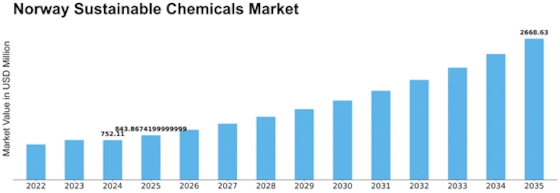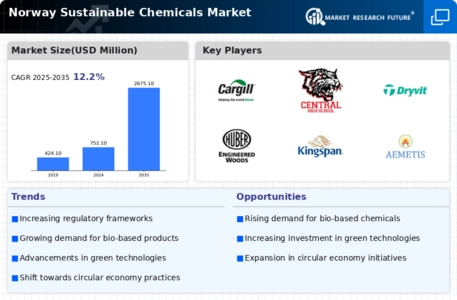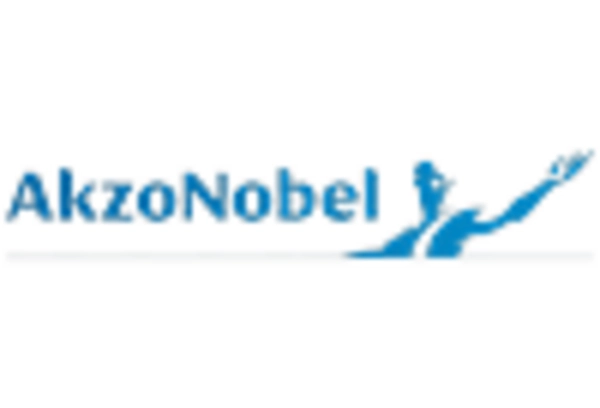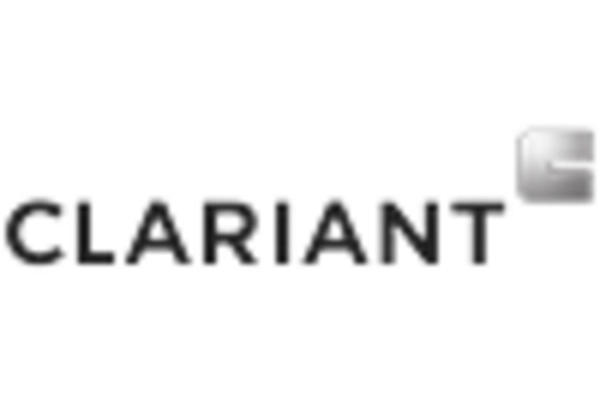Norway Sustainable Chemicals Size
Norway Sustainable Chemicals Market Growth Projections and Opportunities
Many forces affect the Norway’s sustainable chemicals market and these determine its dynamics. One of the reasons behind this growth is that more people and institutions are now understanding the importance of green sustainability. There are many people who know that chemical alternatives for several sectors in Norway are necessary given issues like global warming and degradation of environment that result into high demand for eco-friendly and environment friendly chemical solutions.
Again, Government regulations and policies also shape the sustainability chemicals market in Norway. Norwegian government has taken a proactive approach in implementing strict measures to mitigate environmental impacts arising from both chemical production as well as use. These standards go beyond emissions and waste disposal with regulations that encourage adoption of sustainable practices within the sector. To do this, firms operating within Norway must abide by these rules which makes them seek sustainable chemical options.
In addition to regulatory pressure, consumer preferences and behavior also influence Norway’s sustainable chemicals markets. Norwegians are becoming more conscious about their purchase choices as well as their carbon footprints. This change has resulted in increased demand for products made through sustainable processes; environmentally safe, which therefore favors Sustainable Chemicals based firms which have to be up-to-date with such changes so as to remain relevant and take advantage of opportunities if any.
Furthermore, availability, applications, acceptance of innovative technologies used in manufacturing sustainable chemicals among others make up market factors. Technology advances continuously have led to new environmentally friendly ways thus enabling energy efficient methods within chemistry industry; thereby making some companies better than others when it comes to competition (competition between different entities) since they either invest or adopt them when they emerge first. Moreover significant contribution towards market expansion is made by researches involved in novel chemical formulations derived from sustainable sources.
The other important factor shaping the sustainable chemicals market in Norway is international collaborations and partnerships. Given that environmental challenges are worldwide problems necessitates Norwegian companies working together with other international organizations so that they can innovate and share best practices. This global collaboration involves sharing knowledge, skills, and experiences among countries thus resulting in a more vibrant and dynamic market of sustainable chemicals.
Finally, economic factors also play a role in shaping sustainability chemicals market in Norway. In the course of transitioning to an economy that is diverse and sustainable there is increasing realization that such investment into green practices does not only save the planet but it is also economically feasible in long-run. Consequently, both public and private investments into sustainable chemical initiatives have risen; further making this industry’s future even brighter.



















Leave a Comment